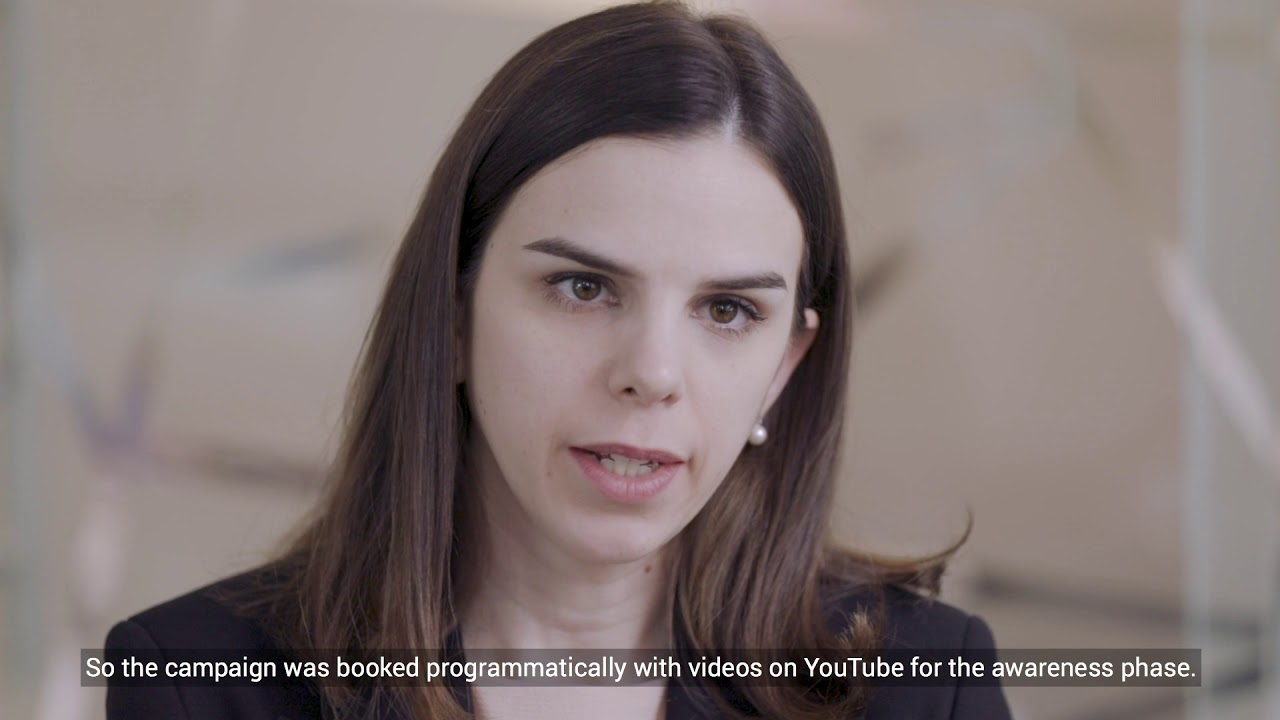Best marketing case study examples to inspire you
I've curated for you a selection of brilliant marketing case study examples from some of the biggest names in business.
These case studies represent a variety of industries, challenges, solutions, and outcomes, providing a wealth of insights and inspiration for your own case study creation.
Let's dive in:
Tenlo, a marketing agency, worked with the Nestlé Professional Dispensed Beverage Sales Team to improve their lead generation efforts.
Through a targeted content strategy and optimized lead nurturing campaigns, they successfully empowered the client's sales team with high-quality leads, resulting in increased conversion rates and revenue growth.
Dove's "Real Beauty Sketches" campaign aimed to challenge societal beauty standards.
Through an emotional and thought-provoking video campaign, Dove sparked conversations and empowered women to redefine their perception of beauty, resulting in widespread awareness and positive brand sentiment.
AppSumo, a digital marketplace for software deals, employed clever marketing tactics to drive organic growth.
Through the strategic implementation of SEO, engaging product-focused content, and effective link building, they successfully increased their blog's organic traffic and saw a significant boost in revenue from organic sources.
Start-Up Nation Central is an NGO with a clear mission—to fuel the growth of high-tech companies. They produce and send out a lot of business analysis reports, and they were looking for a way to modernize the way they present data.
By working with Storydoc to switch from static PDFs to interactive next-gen decks, they gained access to full reader analytics and A/B testing options to see which versions of their reports were getting the most traction.
Adventure PPC collaborated with Forbes Magazine to enhance their subscriber base. Through targeted paid advertising campaigns, video production, and remarketing, they achieved a significant 20% increase in subscribers. Adventure PPC's strategy included closely monitoring ad budget to optimize campaigns and ensure effective resource allocation.
6. L’Oreal Paris and Google
L’Oreal cooperated with Google ahead of their new product launch to identify relevant audience segments based on hard data.
They targeted potential customers across all stages of the marketing funnel, which resulted in increasing ad recall, market share, and e-commerce sales.
You can watch the case study below:

















